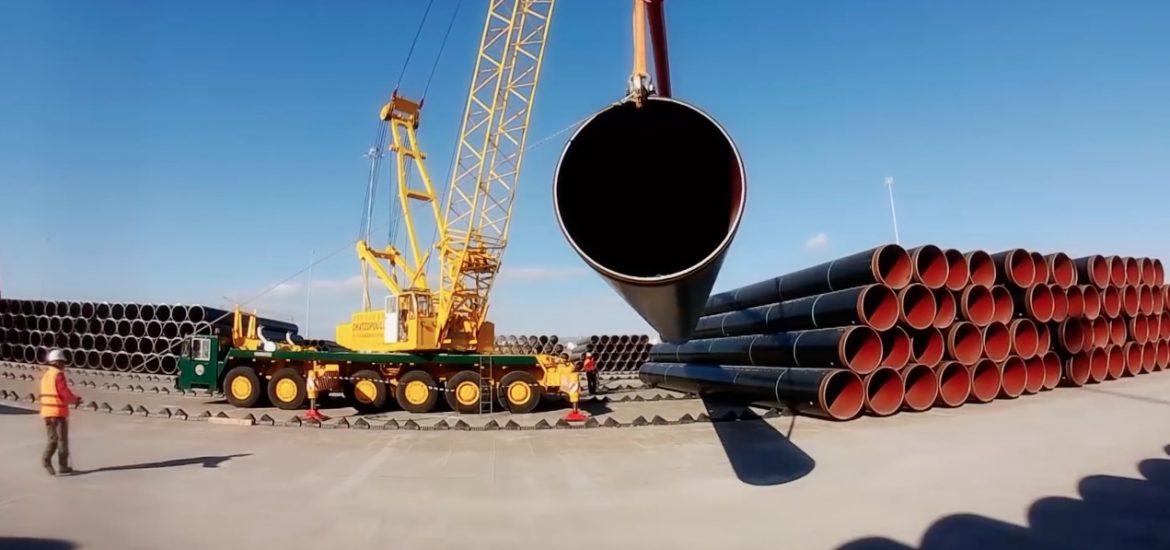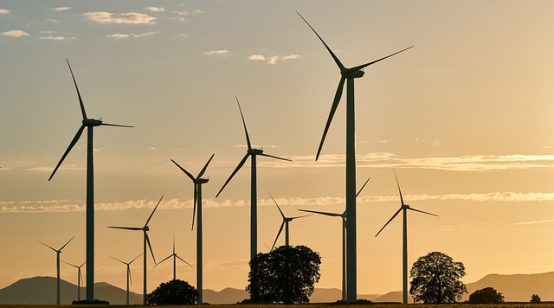
Serbia’s energy agency says Azerbaijan is seen as a potentially cost-effective source of gas imports.
In a document, the agency says, along with Russian gas imported by Gazprom, a “potentially cost-effective source of natural gas in the Republic of Serbia, as well as in the region of southeast Europe, is natural gas from Romania” and Azerbaijan.
LNG from Greece and Turkey was also mentioned as potential sources along with gas from Iraq, Iran and the Mediterranean Sea that were identified as alternative sources.
Serbia is ready to begin the construction of its section of Gazprom’s TurkStream gas pipeline running from the Bulgarian border to Hungary, said Dusan Bajatovic, head of the national gas company, Srbijagas, according to Kremlin mouthpiece Tass.
Bajatovic was quoted saying: “Serbia is ready for the construction of this project. The first €300 million has already been secured. The construction is to begin in late March or early April.”
Construction was due to be completed by December 15 providing there were no political obstacles, he said.
Aleksandar Antic, Serbia’s energy minister, has said joining the project would provide a great opportunity to improve Serb energy security.
Serbia would need its neighbours in Bulgaria and Hungary to cooperate for the pipeline to be a success, he said.
The twin-pipeline TurkStream will have a total capacity of 31.5 billion cubic metres (bcm), with half going to
Turkey and the second line heading west to the Balkans.
TurkStream is planned to run from Turkey to Bulgaria, then Serbia, Hungary and Slovakia.
Azerbaijan is also constructing the Southern Gas Corridor project to transport gas to the Balkans via several interconnectors.
The corridor, one of the priority projects for the European Union, envisages the transport of 10 bcm of Azeri gas from the Caspian Sea through Georgia and Turkey.
The launching ceremony of the first stage of the corridor was held in Baku last May and the opening ceremony of the pipeline in Turkey was held in June in the Turkish city of Eskisehir.
Gas from the giant Shah Deniz field in Azerbaijan has already gone through the first segment of the Southern
Gas Corridor from the Sangachal terminal to the expanded South Caucasus pipeline.
Trans-Adriatic Pipeline (TAP) and Trans-Anatolian Natural Gas Pipeline (Tanap) have been recently connected up to the Greek border.
The initial capacity of Tanap is expected to be 16 bcm of gas per year with about 6 bcm due to be supplied to Turkey and the rest to Europe through Greece. After completion of TAP, Azerbaijan’s gas is due to reach Italy in early 2020.
Tanap’s share distribution is Southern Gas Corridor 51 per cent, Socar Turkey Enerji 7 per cent, Botas 30 per cent and BP 12 per cent.
The Southern Gas Corridor is due to reach Italy by 2020. Picture credit: YouTube





